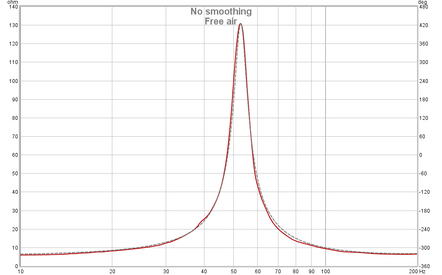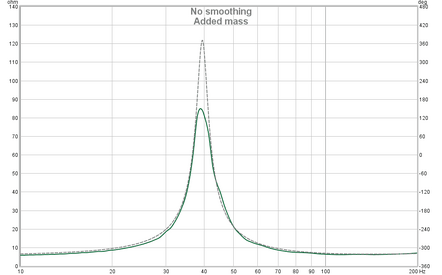3ll3d00d
New Member
Thread Starter
- Joined
- Jun 4, 2017
- Posts
- 47
I'm attempting to use REW to calculate inductance parameters to feed hornresp (as per the feature added in http://www.diyaudio.com/forums/subwoofers/119854-hornresp-post5404994.html), to do so I'm importing some data captured by DATS. The calculated TS params appear to be in the same region as those produced by DATS but I end up with a gigantic value for Rss in the blocked impedance params.
Any ideas what is wrong here?
I've attached the z files for reference.

Any ideas what is wrong here?
I've attached the z files for reference.
















